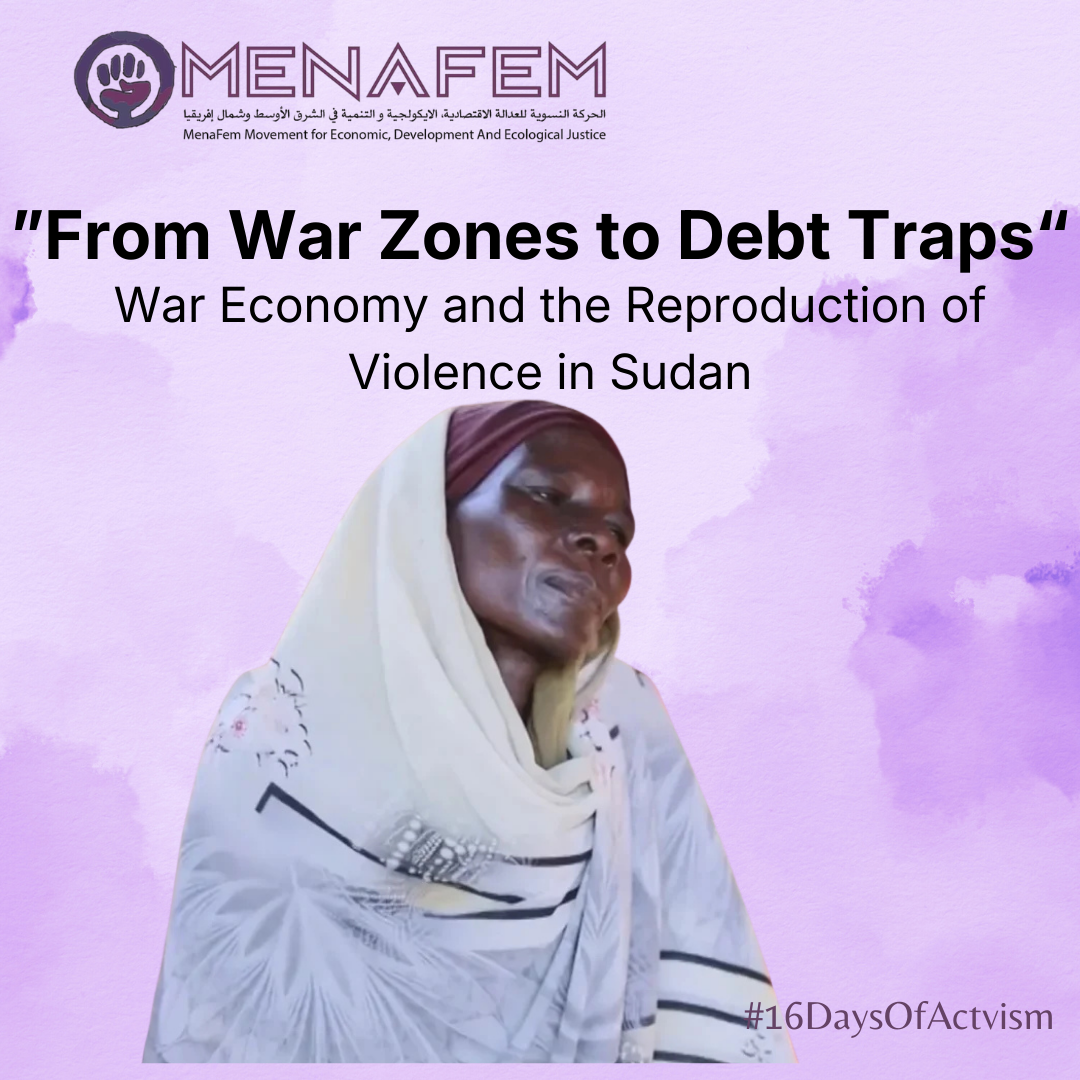War Economy and the Reproduction of Violence in Sudan
Sudan today offers a concentrated image of a violence that can no longer be separated from the very structures that produced it. What is unfolding cannot be reduced to a confrontation between an army and a militia; it exposes a much longer trajectory in which privatization policies merged with a war-driven economy, and armed capital advanced into the core of the state, until destruction became the logical outcome rather than an exception.
In El-Fasher, this trajectory reached its most extreme form. A city eroded by siege and hunger for months, then struck by a brutal assault that left no space for survival. Homes that once sheltered the displaced were transformed into open graves, and hospitals, already surviving for years against all odds, collapsed under organized violence aimed at extinguishing every remaining possibility of life. Women bore the heaviest burden: their bodies became sites of violation, their daily lives arenas of harsh endurance, and their roles in care and survival drained beyond measure.
Yet this devastation did not begin with gunfire. It was preceded by years of dismantling the state under the banner of “economic reform,” opening the country to investment networks indifferent to human needs, and managing resources, foremost among them gold, through transnational systems that fueled the conflict with money and arms, turning Sudan into a lucrative marketplace for violence. What we see today is the product of a single system that weakened society through economic tools, then employed war to complete what policy had begun.
Despite this sweeping collapse, Sudanese women continue to create the remaining forms of life amid the ruins: relief networks emerging from nothing, care structures organized outside state institutions, and small spaces for documentation, protection, and solidarity. These acts stand as testimony to the extent of the political and economic abandonment of civilians, and to how the fabric of daily life has been handed over to unpaid, invisible labor carried out by women.
Sudan confronts us with a painful truth: violence is not a massacre that erupts suddenly, but a sequence that begins with a reduced budget, a privatized service, and plundered resources, and ends with cities falling and women left alone to face destruction. What is happening there is not an isolated event, but a stark reflection of the same regional structures that manipulate economies in one country, sell weapons in another, and reshape devastation according to their interests.
Yet Sudan also remains a testament to the capacity of people—especially women—to preserve the meaning of life in the heart of darkness, and to imagine a future beyond the politics of starvation, war, and extraction. What we witness is not an ending, but the revelation of an urgent beginning: dismantling the structures that made such violence possible, and rebuilding life in a way that honors human dignity.


